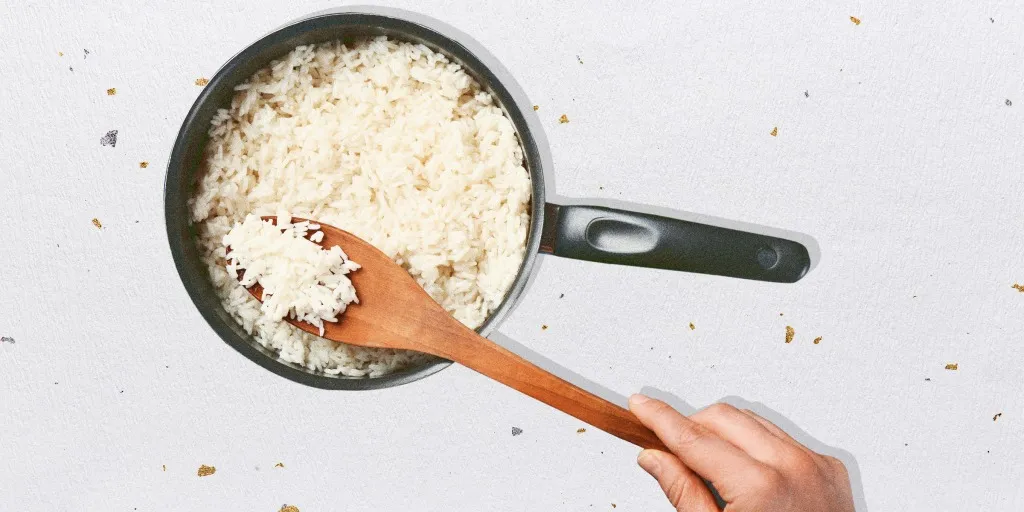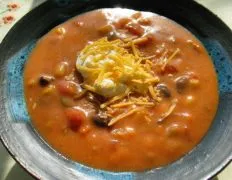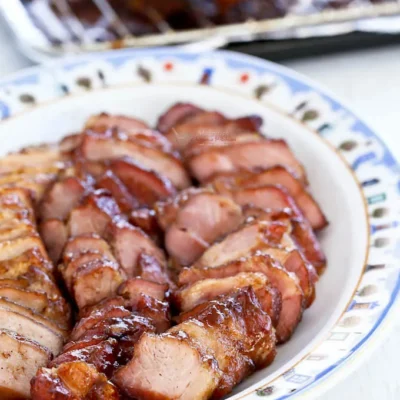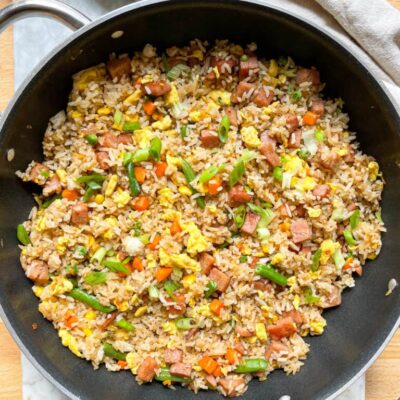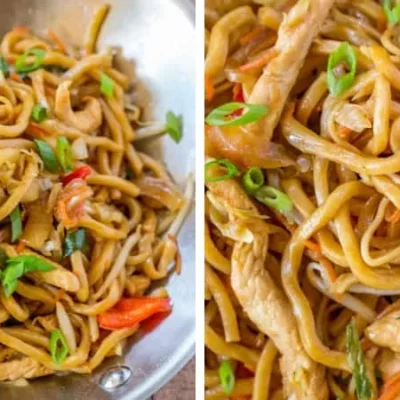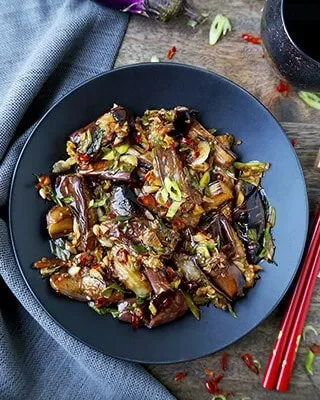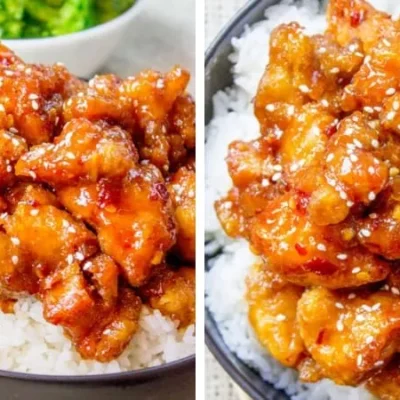Ingredients
-
1 1/2
-
1 1/2
-
4
-
-
-
-
-
-
-
-
-
-
-
-
Directions
Perfect Short-Grain White Rice by Listening (Japanese, Korean, C, I never could cook short-grain East Asian-style rice until I learned this method from Japanese cookbooks. I knew what I was after: the rice should stick together enough that mouthfuls can easily be picked up with chopsticks, but not be at all sticky or gummy. Each grain should be white and smooth, almost pearl-like, and should taste subtly not just of starch but of delicious grain. For a long time, my short-grain rice was not only not perfect, it often turned out gummy or scorched. I had been able to cook any kind of long-grain rice quite well for years; with that I seem to pick up on some cues I can’t quite put into words, maybe just the timing, or some change in the smell. This knack didn’t translate to short-grain rice, and I continued to struggle until I read some Japanese cookbooks. As soon as I tried this method, I was able to produce nearly perfect short-grain white rice right away. The cues for how to cook the short-grain rice are in the sounds it makes while cooking. A Japanese nursery rhyme explains: Hajime choro choro (At first it bubbles) Naka pa ppa (And then it hisses) Akago naite mo (Even if the baby is crying (from hunger)) Futa toru na (Don’t remove the lid), Thanks for sharing, the rice came out tasty and the texture was nice and sticky. However, some of the rice (on the bottom) was hard and uncooked. I followed the directions precisely on my first attempt. The second time I let it boil and simmer longer, but there was still uncooked rice at the bottom. Does anybody know why this happened and how I can fix it? I tried scooping the uncooked rice out and putting it in a bowl w/ water and microwaving it, but that didn’t work out., First time EVER to make perfect rice!!! I was skeptical that these instructions would work, because most rice instructions say to put 2 parts water and 1 part rice. This method is 1 to 1 instead. I thought to myself that the rice would not have enough water and would turn out hard and uncooked. But despite my doubt, I tried these instructions EXACTLY how they were given. To my (pleasant) surprise, the rice turned out PERFECT!!! Finally, a go-to recipe to achieve perfect consistency of rice. I am soooooooo excited 😀 After years of mushy, gross rice.. I’ve found the way!
Discover ground-breaking new supplements! SHOP & SAVE
Steps
|
1
Done
|
You Will Probably Want to Start Preparing the Rice Before the Rest of the Meal; If It Is Ready First, It Will Stay Hot For a While in the Pot. |
|
2
Done
|
First, Wash the Rice With Water, by Swishing the Water Through With Your Hands or a Wooden Spoon, and Then Draining-- Some Older Cookbooks Will Tell You to Rinse Thoroughly, but Most Modern Rice Says on the Package"no Talc," (that's What They Use to Polish It), So All You Are Doing Is Washing Off the Surface Dust. |
|
3
Done
|
Put the Rice and Measured Water Into a Medium Flat-Bottomed Pot With a Tight-Fitting Lid. |
|
4
Done
|
Ideally, You Will Soak the Rice For 15 Minutes to 3 Hours Before Starting to Cook It, but If You Are Pressed For Time, You Can Add an Extra Tablespoon of Water and Skip the Soak. |
|
5
Done
|
Cover the Pot, Turn the Heat on High, and Bring the Rice to a Boil (about 4 Minutes): You Will Know It Is Boiling Because You Will Hear It Bubbling And"dancing" Inside the Pot. |
|
6
Done
|
Do not Remove the Lid. |
|
7
Done
|
Turn the Heat to Low (if You Have an Electric Stove You May Need to Switch to Another Burner) and Simmer (about 15 Minutes): You Will Hear the Rice Burbling a Bit. |
|
8
Done
|
Do not Remove the Lid. |
|
9
Done
|
When the Water Is All Absorbed, the Sound Will Change to a Low Hiss. |
|
10
Done
|
When You Hear the Hissing Sound, Turn the Heat Up to High Again For Just 20-30 Seconds to Help"dry Off" the Bottom of the Rice. |

